Why My ATV Dies When Battery Disconnected – Here’s the Fix!
When the ATV battery is disconnected, the engine stalls due to a loss of power to the ignition system, and various electrical malfunctions may occur.
Ensuring your ATV’s electrical components like the stator and regulator/rectifier are in good condition is crucial for reliable operation.
Regular maintenance and timely professional repairs can prevent these issues and keep your ATV running smoothly.
Understanding the Importance of the ATV Battery:
The ATV battery is not merely a power source; it is the lifeblood of the vehicle’s entire electrical system. It provides the necessary voltage to start the engine and powers various electronic components that ensure smooth operation.
Without a functioning battery, your ATV can become an immobile piece of machinery, leaving you stranded at the most inconvenient times. Thus, understanding its importance and the potential issues that arise when it fails is crucial for every ATV owner.
The Critical Role of the Battery in ATV Operation:
At the heart of every ATV’s operation lies the battery. This compact powerhouse supplies the initial burst of energy needed to ignite the engine. Once the engine is running, the battery continues to support auxiliary systems such as lights, displays, and ignition circuits.
It’s also responsible for stabilizing the electrical system, absorbing voltage spikes, and preventing damage to sensitive components.
A well-maintained battery ensures that your ATV starts reliably, even in cold conditions, and that all electrical systems function properly. Any disruption in battery performance can lead to erratic behavior and potential breakdowns.
What Happens When the Battery is Disconnected?
Disconnecting the battery can have immediate and drastic effects on your ATV’s performance. When the battery is removed from the circuit, the ATV’s electrical system loses its primary power source, leading to a cascade of failures.
The engine may stall as the ignition system ceases to receive the voltage required to maintain combustion. Additionally, the ATV’s onboard computer systems, which rely on a constant power supply to manage various functions, may reset or malfunction.
This can lead to error codes, disrupted fuel mapping, and overall instability in vehicle performance. Therefore, the battery’s role is critical, and its disconnection should be approached with caution.
Also Read: Can a Bad Battery Cause Stabilitrak Problems
Common Symptoms of Electrical Failure Post-Battery Disconnection:
Electrical failures after battery disconnection can manifest in various ways, often leaving ATV owners puzzled and frustrated. Recognizing these symptoms early can help prevent more severe damage to the vehicle’s systems.
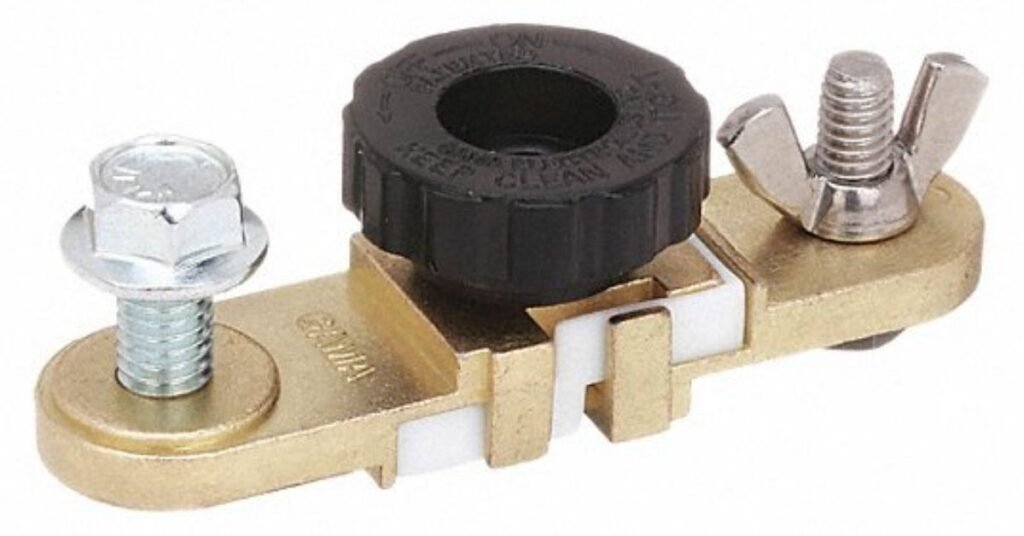
Key Indicators to Watch For: Warning Lights, Stalling, and More
One of the first signs of trouble is the appearance of warning lights on the dashboard. These lights may indicate issues with the charging system, ignition, or other electrical components. Stalling is another common symptom, where the ATV unexpectedly loses power, particularly when idling or at low speeds.
This could be due to the electrical system’s inability to maintain voltage levels without the battery. Additionally, the ATV might experience intermittent power loss, difficulty starting, or complete engine failure. Each of these symptoms signals a deeper issue that must be addressed promptly to avoid further complications.
How to Perform a Basic Diagnostic Test at Home:
Performing a basic diagnostic test at home can help identify the root cause of these issues. Start by visually inspecting the battery terminals and connections for signs of corrosion, loose wires, or damage.
Use a multimeter to check the battery’s voltage; a fully charged battery should read between 12.6 and 12.8 volts. Next, test the ATV’s charging system by measuring the voltage at the battery terminals while the engine is running; it should be between 13.8 and 14.5 volts.
If the readings are outside these ranges, the problem may lie with the stator, regulator/rectifier, or wiring. Identifying these issues early allows you to take corrective action before they escalate.
Deep Dive into the ATV’s Electrical System:
Understanding the ATV’s electrical system is essential for diagnosing and resolving issues related to battery disconnection. This system is a complex network of components that work together to ensure your vehicle runs smoothly.
Overview of Key Electrical Components: Stator, Regulator/Rectifier, and CDI
The stator generates the electricity needed to power the ATV’s electrical system and recharge the battery. The regulator/rectifier converts the alternating current (AC) produced by the stator into direct current (DC) and regulates the voltage to prevent overcharging.
The CDI (Capacitor Discharge Ignition) unit is responsible for controlling the ignition system by managing the timing of the spark that ignites the fuel mixture in the engine.
Each of these components plays a vital role in maintaining the ATV’s electrical balance, and a failure in any one of them can lead to significant operational issues.
Understanding the Interactions Between the Battery and the Ignition System:
The ignition system relies heavily on the battery for its initial power. When you turn the key, the battery sends voltage to the starter motor and the CDI unit. The starter motor cranks the engine, and the CDI unit controls the timing of the ignition spark.
If the battery is weak or disconnected, the ignition system may fail to operate correctly, resulting in misfires, stalling, or failure to start. This interaction underscores the importance of a healthy battery in ensuring the ignition system functions seamlessly.
Potential Faults in the Electrical System Leading to Battery Dependence:
Several potential faults in the electrical system can cause your ATV to become overly dependent on the battery. A faulty stator may not generate enough power to sustain the electrical system, forcing the battery to compensate until it is drained.
A malfunctioning regulator/rectifier might fail to maintain the correct voltage, leading to overcharging or undercharging, both of which can damage the battery and other components.
Additionally, issues with the wiring, such as shorts or corrosion, can create resistance that reduces power flow and increases reliance on the battery.
Also Read: Can a Bad Battery Cause O2 Sensor Code – Find Out Now!
Troubleshooting and Fixing the Issue:
When your ATV dies after the battery is disconnected, it’s essential to troubleshoot the problem methodically to identify and fix the underlying cause.

Step-by-Step Guide to Inspecting and Replacing a Faulty Stator:
Begin by locating the stator, usually found near the engine’s flywheel. Inspect it for signs of wear, damage, or burning. Using a multimeter, test the stator’s resistance according to your ATV’s service manual specifications.
If the resistance falls outside the recommended range, the stator might be faulty and may need to be replaced. Replacing the stator involves removing the flywheel and disconnecting the wiring, a task that requires some mechanical skill. After installation, retest the electrical system to ensure the issue is resolved.
How to Identify and Replace a Malfunctioning Regulator/Rectifier:
The regulator/rectifier is typically located near the battery or stator. Test its output with a multimeter while the engine is running to ensure it is within the correct voltage range.
If the readings are too high or low, the regulator/rectifier may be defective. To replace it, disconnect the battery, remove the old unit, and install a new one, ensuring all connections are secure. This replacement can often resolve charging issues and reduce the ATV’s dependency on the battery.
Addressing Wiring Issues: Spotting Corrosion, Breaks, and Loose Connections
Wiring issues are a common cause of electrical problems. Inspect the wiring harness for any visible signs of corrosion, fraying, or loose connections. Pay particular attention to areas where the wiring is exposed to moisture or vibration.
Use a multimeter to test for continuity across wires suspected of having breaks. Repair or replace any damaged sections of wiring and secure all connections to prevent future issues. Ensuring the wiring is in good condition is crucial for maintaining a stable electrical system.
Exploring the Impact of the Ignition System and ECU on Battery Dependency:
The ignition system and ECU (Engine Control Unit) play crucial roles in the overall performance of your ATV. The ECU manages various engine functions, including ignition timing and fuel injection, and relies on stable power from the battery.
If the ECU or ignition system malfunctions, it can cause the ATV to stall or run poorly, especially if the battery is disconnected. Diagnosing issues with these components may require specialized diagnostic tools, but resolving them can significantly improve the ATV’s reliability and reduce its dependency on the battery.
Preventative Measures to Keep Your ATV Running Smoothly:

Preventative maintenance is key to avoiding electrical issues and ensuring your ATV remains reliable in all conditions.
Best Practices for Regular Maintenance of the ATV’s Electrical System:
Regularly inspect your ATV’s electrical system, including the battery, wiring, and key components like the stator and regulator/rectifier. Clean and tighten all connections to ensure they remain secure and free of corrosion.
Test the battery’s charge regularly and replace it when it shows signs of weakening. Keeping the electrical system in good condition can prevent many of the issues that cause ATVs to become dependent on the battery.
How to Properly Handle and Maintain Your ATV Battery:
Proper battery maintenance is essential for the longevity of your ATV’s electrical system. Keep the battery stored in a cool, dry location when not in use, and ensure it stays fully charged to avoid sulfation. Use a trickle charger if the ATV will be unused for an extended period.
Frequently inspect the battery terminals for corrosion and clean them when necessary. Proper handling and maintenance of the battery can significantly extend its life and improve the overall performance of your ATV.
Tips for Maintaining Clean and Secure Electrical Connections:
Electrical connections are often overlooked but are critical to the ATV’s performance. Keep connections clean by using a wire brush or terminal cleaner to remove corrosion.
Apply dielectric grease to prevent moisture from entering the connections and causing corrosion. Regularly inspect all connections for tightness and secure any that are loose. Keeping electrical connections clean and secure can help prevent many issues related to battery performance
Also Read: Can I Run 2 Amps Off a Single Car Battery – The Truth Revealed!
When to Consider Professional Help:
While many issues can be addressed with DIY efforts, there are times when professional help is necessary.
Recognizing When DIY Fixes Aren’t Enough:
If you’ve exhausted all DIY options and the problem persists, it may be time to consult a professional. Complex issues like ECU failures, deep-seated wiring problems, or persistent electrical faults may require specialized equipment and expertise. Recognizing the limits of DIY repairs can save time and prevent further damage to your ATV.
Choosing the Right Mechanic for Specialized ATV Electrical Repairs:
Selecting a qualified mechanic who specializes in ATV electrical systems is crucial for resolving complex issues. Look for a technician with experience in ATV repairs and a strong reputation for quality work.
Ask about their diagnostic process and the tools they use to ensure they can accurately identify and fix the problem. Choosing the right mechanic can make the difference between a quick fix and a long-term solution.
Understanding the Costs and Benefits of Professional Diagnosis and Repair:
Professional diagnosis and repair can be costly, but it is often worth the investment to ensure your ATV operates reliably.
The cost of repairs will vary depending on the issue and the mechanic’s rates, but the benefits of a properly functioning ATV far outweigh the expense. In the long run, professional repairs can save you money by preventing recurring problems and extending the life of your vehicle.
FAQ’s
1. Why does my ATV stall when the battery is disconnected?
Disconnecting the battery cuts off power to the electrical system, causing the engine to stall due to a lack of voltage for the ignition system.
2. What are common symptoms of electrical failure after battery disconnection?
Symptoms include warning lights on the dashboard, stalling, intermittent power loss, and difficulty starting.
3. What could cause my ATV to rely too much on the battery?
A faulty stator, regulator/rectifier, or wiring issues can cause your ATV to overly depend on the battery for power.
4. How can I diagnose issues related to battery disconnection?
Perform a basic diagnostic by checking the battery voltage, inspecting wiring, and testing components like the stator and regulator/rectifier.
5. When should I seek professional help for my ATV’s electrical issues?
If DIY fixes don’t resolve the problem or if there are complex issues like ECU failures, it’s time to consult a professional mechanic.
Conclusion:
In conclusion, the ATV battery is essential for powering the vehicle’s electrical system. Disconnecting it can cause engine stalling and system malfunctions, often due to issues with the stator, regulator/rectifier, or wiring. Regular maintenance and prompt troubleshooting are key to maintaining performance. For persistent or complex problems, professional help is crucial for reliable repairs.
Don’t Forget to Read:


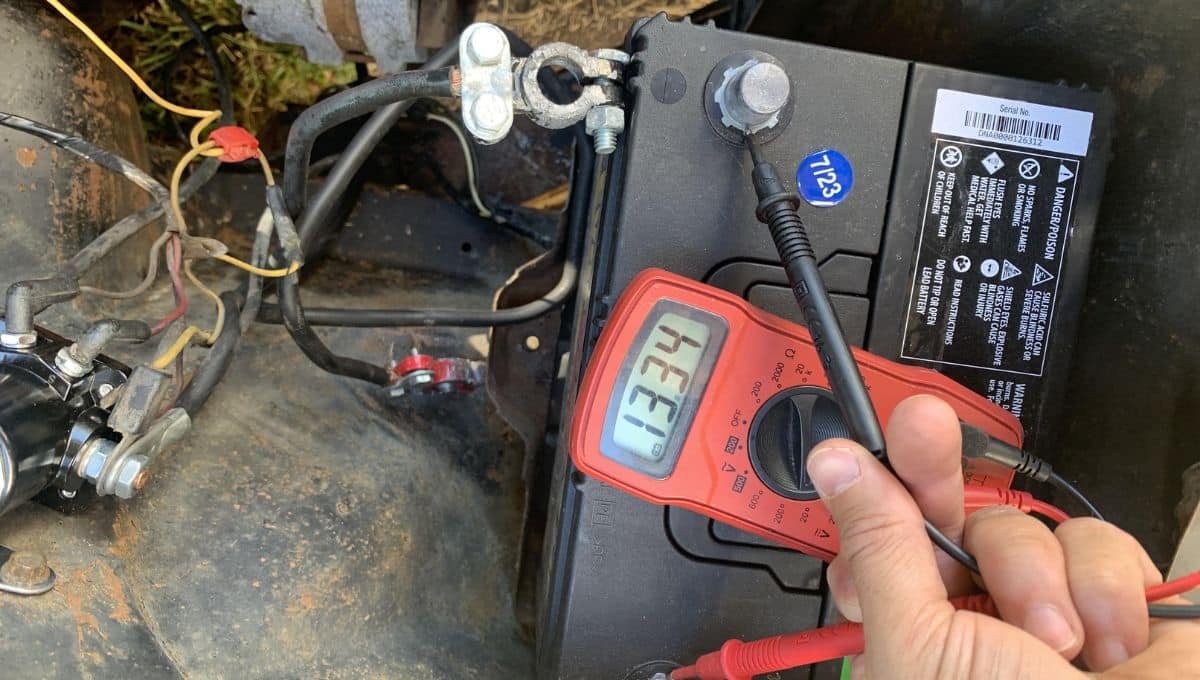
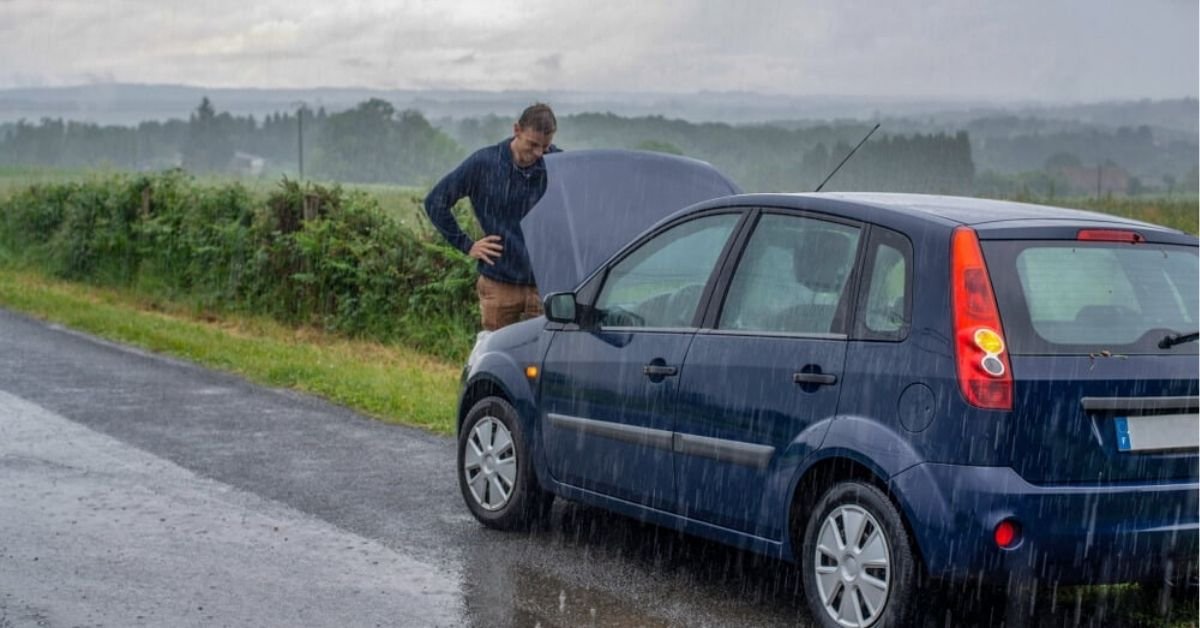

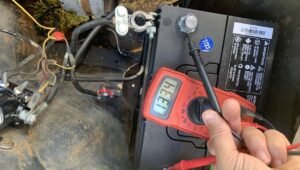


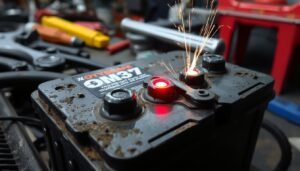

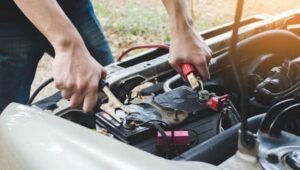
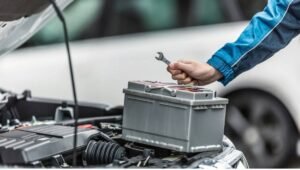
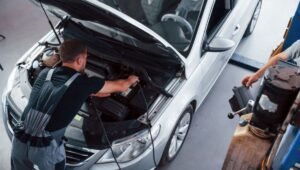
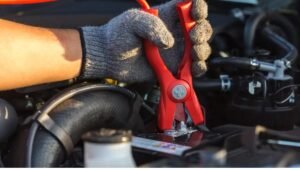
Post Comment